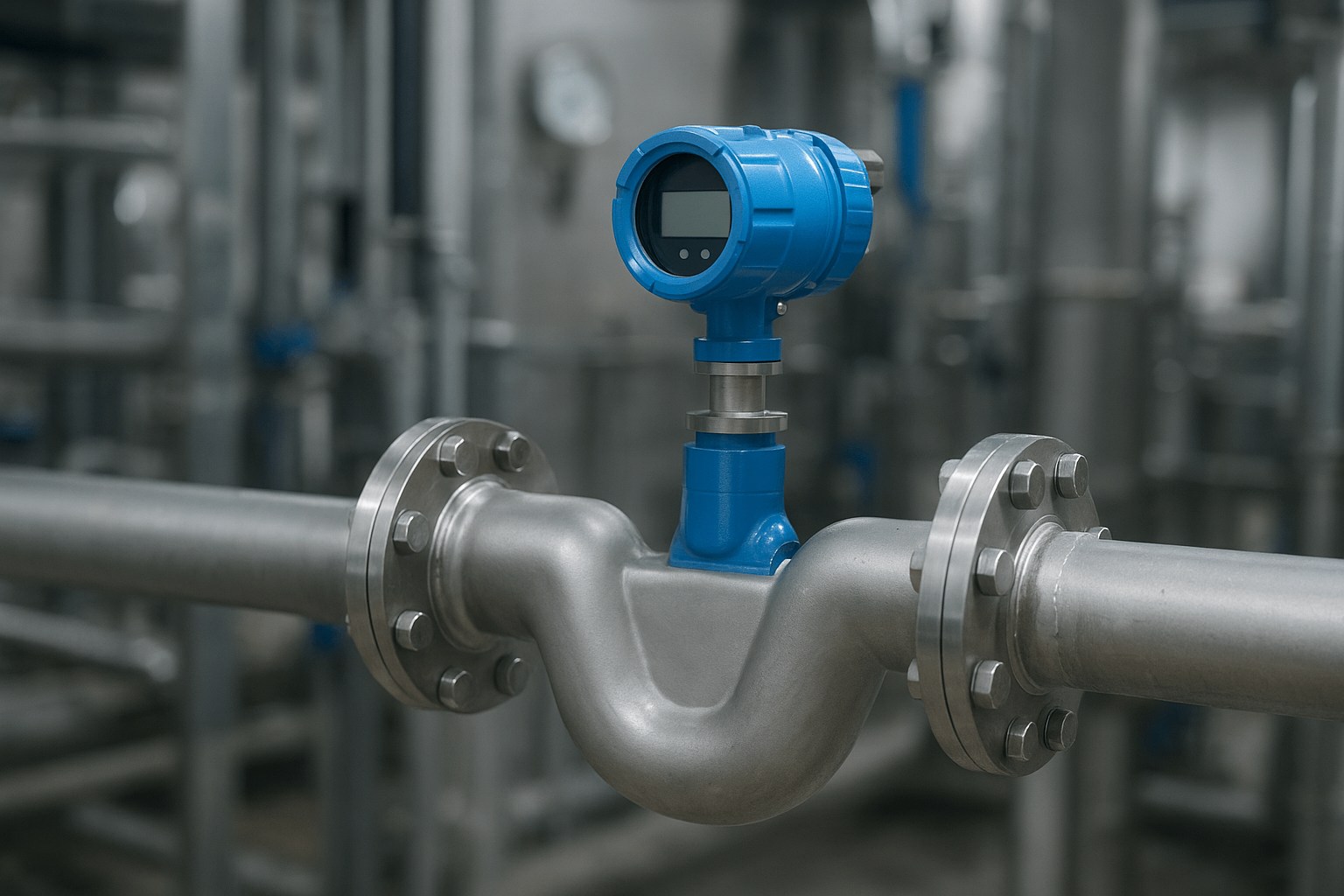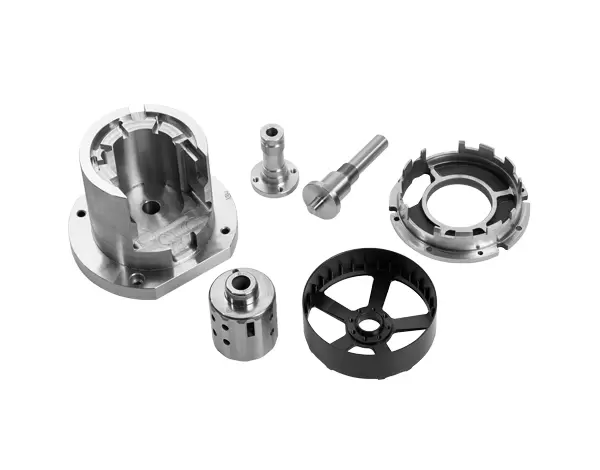When it comes to weight training, the right clothing can significantly impact your performance, comfort, and overall workout experience. While many might underestimate the importance of proper attire, the right gear can enhance your mobility, regulate your body temperature, and even boost your confidence in the gym. In this comprehensive guide, we will explore the key factors to consider when selecting clothing for weight training, ensuring you make informed choices that align with your fitness goals.
- Fabric Matters: Understanding Material Choices
The fabric of your workout clothing plays a crucial role in your performance. Here are some popular materials and their benefits:
- Moisture-Wicking Fabrics: Look for synthetic materials like polyester and nylon that draw sweat away from your skin. This feature helps keep you dry and comfortable, especially during intense sessions. Brands often label these as moisture-wicking or quick-dry.
- Breathable Cotton: While cotton is comfortable, it tends to absorb moisture rather than wick it away. If you prefer cotton, opt for blends that include synthetic fibers to enhance breathability and moisture management.
- Compression Fabrics: Compression gear, typically made from spandex or elastane, provides support to your muscles and may enhance blood circulation. This can lead to improved performance and reduced muscle soreness post-workout.
- Fit and Functionality: The Importance of Tailored Clothing
The fit of your workout clothing is paramount. Here are some considerations:
- Freedom of Movement: Choose clothing that allows for a full range of motion. Avoid overly tight or restrictive garments that can hinder your performance. Look for items with four-way stretch capabilities, which provide flexibility in all directions.
- Layering Options: Depending on your training environment, layering can be beneficial. A fitted base layer can wick moisture, while a looser outer layer can provide warmth during warm-ups or cool-downs.
- Length and Coverage: For tops, consider styles that provide adequate coverage without being too long or baggy. For bottoms, shorts or leggings should allow for comfortable squatting and lunging without riding up or slipping down.
- Temperature Regulation: Dressing for the Environment
Your workout environment can greatly influence your clothing choices. Here’s how to dress according to temperature:
- Warm Weather: Lightweight, breathable fabrics are essential. Opt for sleeveless tops and shorts to promote airflow and keep your body cool. Look for mesh panels or ventilation zones in your clothing for added breathability.
- Cold Weather: Layering is key in colder conditions. Start with a moisture-wicking base layer, add an insulating mid-layer, and finish with a wind-resistant outer layer. Ensure that your clothing is not too bulky, as this can restrict movement.
- Indoor vs. Outdoor Training: If you’re training indoors, you might prioritize comfort and breathability. For outdoor workouts, consider weather-resistant materials that can protect against wind and rain.
- Style and Confidence: The Psychological Edge
While functionality is critical, the psychological aspect of weight training should not be overlooked. Wearing clothing that makes you feel confident can enhance your performance. Here are some tips:
- Choose Colors and Patterns You Love: Bright colors and bold patterns can boost your mood and motivation. Don’t shy away from expressing your personal style through your workout gear.
- Fit Matters for Confidence: Well-fitted clothing can enhance your body image and self-esteem. When you feel good in what you wear, you’re more likely to push yourself during your workouts.
- Footwear: The Foundation of Your Training
While this article focuses on clothing, it’s essential to mention the importance of proper footwear in weight training. Your shoes should provide adequate support, stability, and grip. Look for:
- Flat Sole Shoes: These are ideal for weightlifting as they provide a stable base and allow for better force transfer during lifts.
- Cross-Training Shoes: If your routine includes a mix of weight training and cardio, opt for cross-training shoes that offer versatility and support for various movements.
Conclusion: Making Informed Choices for Optimal Performance
In conclusion, the right clothing for weight training is not just about aesthetics; it’s about enhancing your performance, comfort, and confidence. By considering factors such as fabric, fit, temperature regulation, and personal style, you can make informed choices that align with your fitness goals. Remember, investing in quality workout gear is an investment in your health and performance. So, gear up, hit the gym, and unleash your full potential!



More Stories
Why Parents Love Indoor Naughty Forts for Playtime
How Women’s Knitwear Is Redefining Everyday Comfort
Why Recycled Suede is the Future of Eco-Friendly Fashion